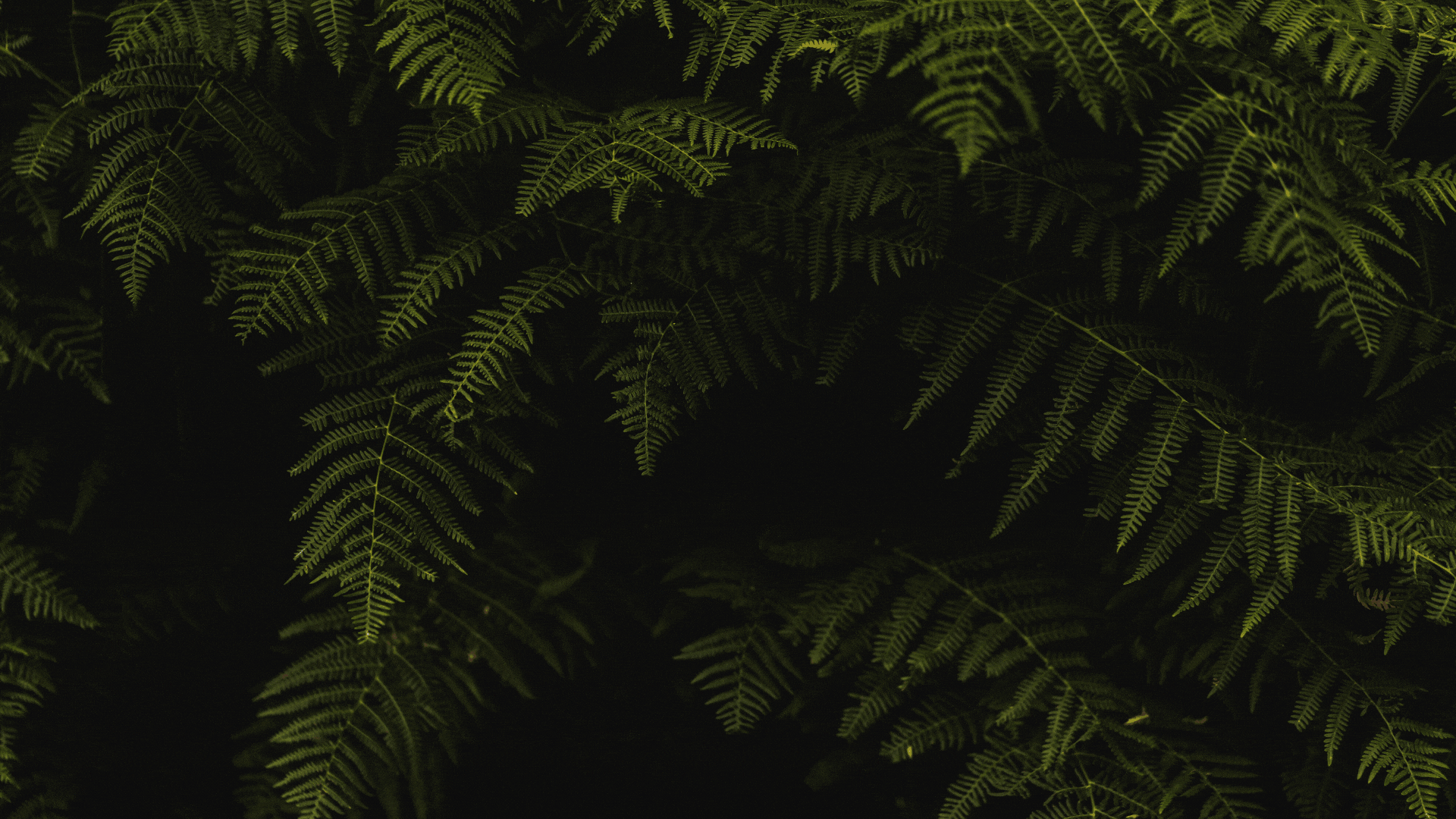 A redbud tree is a small, deciduous tree or shrub in the genus Cercis. Found in the pea family (Fabaceae) along with legumes and beans, redbuds have the flower and seedpod forms that are typical for the family.
A redbud tree is a small, deciduous tree or shrub in the genus Cercis. Found in the pea family (Fabaceae) along with legumes and beans, redbuds have the flower and seedpod forms that are typical for the family.
Redbud species are native to temperate zones around the world, and their striking, year-round beauty has spread to gardens and yards everywhere. They are often the first bloomers in the spring with bright profuse flowers. This floral firework gives way to the fairytale heart-shaped leaves that bring with them a rainbow of colors. Depending on the variety, the leaves emerge in shades of dark purple and red, turn bright green in the summer, then fade to delectable oranges and yellows in the fall. They do lose their leaves before winter, but with silvery twisting branches, redbuds even look quite stunning with bare branches. For those that are eager to see gardens filled with flowering trees, the redbud is a great choice. In fact, they generally start flowering within the first four years!
IDENTIFY NEW PLANTS WITH PLANTSNAP
Fun Fact: Many parts of the redbud tree are edible! Native Americans ate the flowers and used the bark as a medicinal treatment for dysentery, whooping cough, congestion, and nausea. Add the flowers to a salad for a delicious and nutritious treat!
Here, we’ve included a list of both species and cultivars to celebrate the incredible diversity that these plants bring! (A species will persist and continue to reproduce similar individuals. Cultivars, on the other hand, are created by horticulturists and will not produce viable seeds.)
Redbud Species
There’s a bit of confusion as to exactly how many redbud species exist. Many were named twice by different botanists and only later found were synonymous. For our list, we’ve gathered the most common and well-accepted species from around the world. These are trees that you might encounter on a hike in your local woods! Which species is native to your region?
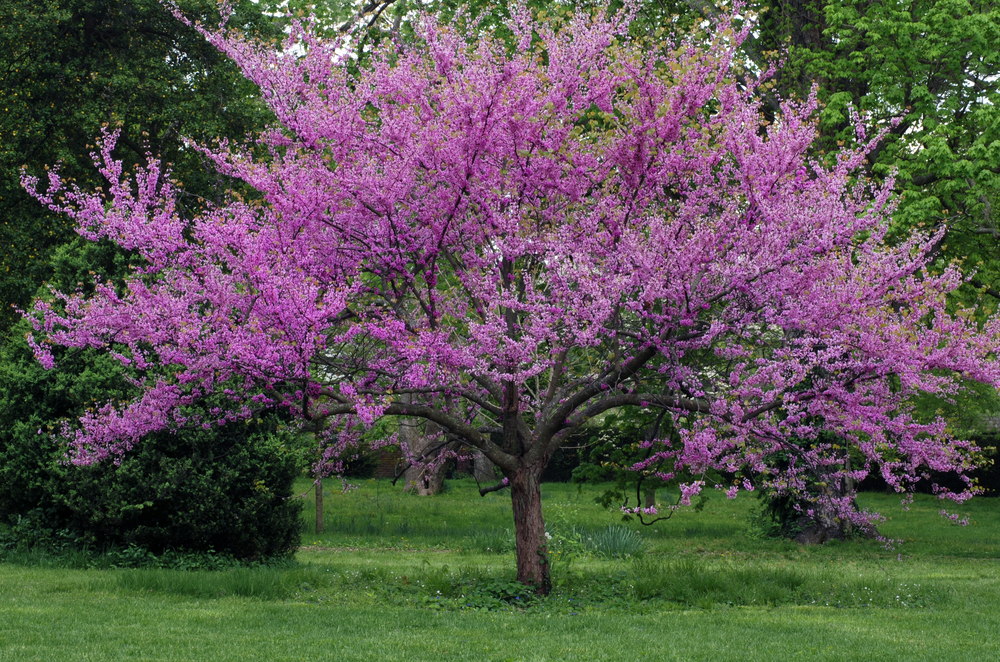
Eastern Redbud (Cercis canadensis)
When most people think of the redbud, they picture the eastern redbud tree (it’s even the state tree of Oklahoma). It’s not only the most common in the United States, but it’s also the species from which most of the redbud cultivars are derived. Because of the multitude of variants, this beautiful tree graces gardens around the world.
Fun Fact: Twelve species of butterflies and moths use the eastern redbud as a host plant for their eggs and larva!
Native Distribution
Eastern and central North America
Habitat
Common to understories because of its stature, the eastern redbud can be found in moist rich woodlands, riparian areas, and meadow edges.
Characteristics
A deciduous tree, the eastern redbud may grow up to 30 feet tall with a stout trunk and branches. The bark is smooth in young trees and may develop ridges and furrows with age.
Leaves
Simple, cordate (heart-shaped) leaves are 3-5 inches long and arranged alternately. Dark green leaves turn to a rich yellow in the fall.
Flowers
The flowers are typically pink, but the variants of C. canadensis bring out purples, burgundies, lavenders, and reds. Learn more about the variants below!
Care
- USDA Hardiness Zone: 4-9
- Light: Full Sun to Partial Shade
- Soil & Moisture: Tolerant of most soils, needs good drainage.
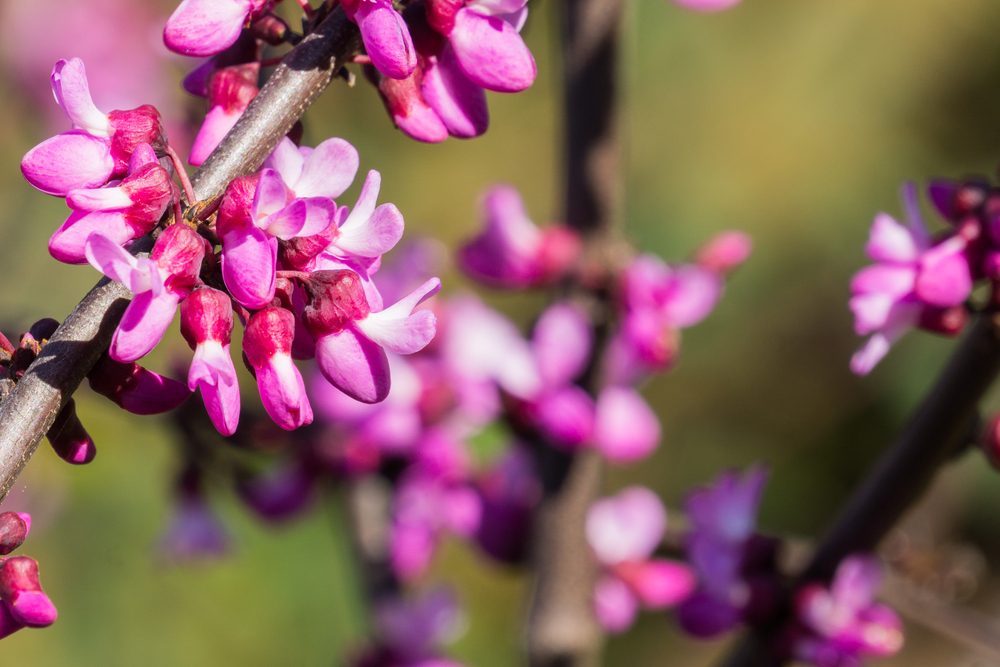
Western Redbud (Cercis occidentalis)
If you are eager for the spectacle of the redbud tree and live in the western U.S., the western redbud will be a much better fit for your garden than C. canadensis. More tolerant of dry conditions, this hearty species is a semi-arid stunner!
Native Distribution
California, Arizona, and Utah
Habitat
Scrubby slopes and foothills of western mountain ranges.
Characteristics
Smaller than its eastern counterpart, the western redbud only grows to be 10-15 feet tall. Silvery bark covers the branches and multiple trunks.
Leaves
Leaves are cordate, alternate, and bluish-green, turning shades of yellow and red in the fall.
Flowers
Deep magenta flower clusters line the branches.
Care
- USDA Hardiness Zone: 6-9
- Light: Full Sun to Partial Shade
- Soil & Moisture: Tolerant of most soils, needs good drainage.
Chain Flowered Redbud (Cercis racemosa)
Native to East Asia, the chain flowered redbud is often propagated in the United States.
Native Distribution
South & central China
Habitat
Found in moist temperate forests.
Characteristics
Distinct from other redbuds with flowers that grow in racemes as opposed to along the branches. The trees grow to about 25 feet tall and are covered with silvery brown bark.
Leaves
Cordate, alternate leaves are bright green in the summer and yellow and gold are their fall colors. Different than other redbuds, they are slightly hairy on the undersides.
Flowers
Light pink flowers bloom in long chains (racemes) of up to 40 blooms.
Care
- USDA Hardiness Zone: 7-9
- Light: Full Sun to Partial Shade
- Soil & Moisture: Tolerant of most soils, needs good drainage.
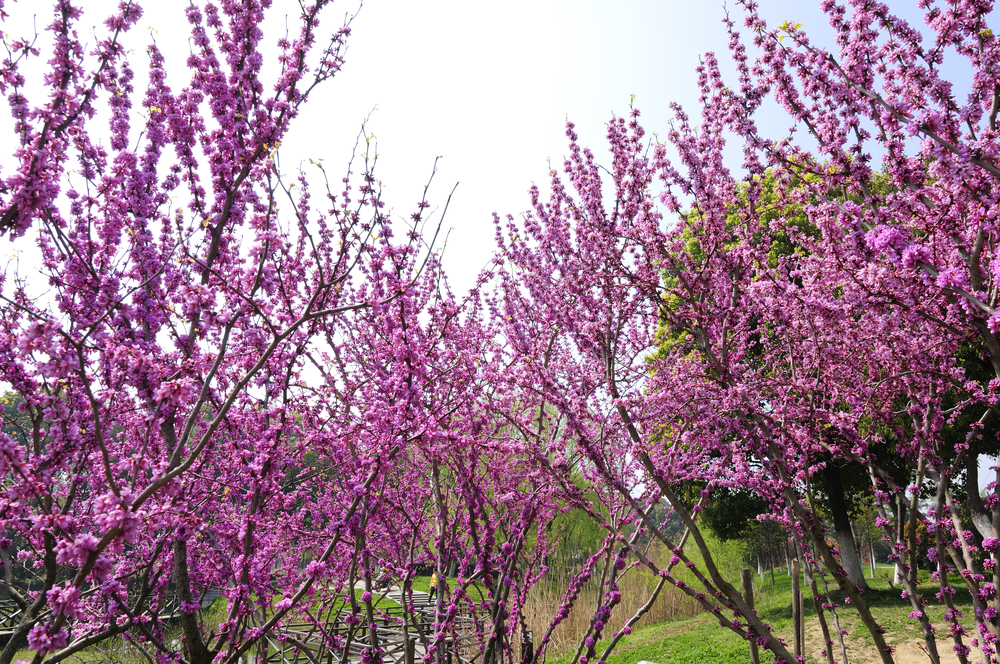
Chinese Redbud (Cercis chinensis)
Another China native, the Chinese redbud is a towering member of the Cercis genus, at least in its native habitat. In China, trees often grow upwards of 50 feet. However, because of different environmental conditions in the U.S., Chinese redbuds are more of a shrub at only 8-15 feet tall.
Native Distribution
Widely distributed across Central and Southern China
Habitat
Moist woodlands of central China.
Characteristics
Though very similar to C. canadensis, purple flower, longer seed pods, and smaller tree size are the best ways to distinguish the Chinese redbud.
Leaves
Bright green, cordate leaves turn yellow in the fall. Notably, leaves are leathery and have five palmate veins.
Flowers
Pink and purple flowers bloom for 2-3 weeks in early spring.
Care
- USDA Hardiness Zone: 4a-9b
- Light: Full Sun to Partial Shade
- Soil & Moisture: Needs well-draining soil with not too much clay.
Smooth Redbud (Cercis glabra)
Also known as Yunnan Redbud, this small tree is much less commonly propagated outside of its native range. However, some specimens can be found in United States arboretums.
Native Distribution
East, central, and south China
Habitat
Forested slopes.
Characteristics
Dark bark covers the many branches of the smooth redbud. It grows on the taller side of the genus, reaching heights of 45 feet.
Leaves
Papery green leaves are more round or bean-shaped than is typical of redbuds and can be further identified by hairy veins on the undersides.
Flowers
Rich pink flowers bloom in the early spring.
Care
- USDA Hardiness Zone: 7-8
- Light: Full Sun to Partial Shade
- Soil & Moisture: Tolerant of most soils, needs good drainage.
Ching’s Redbud (Cercis chingii)
With most of the available data on Ching’s redbud coming from cultivated species in the U.S., it’s challenging to know what this species is like in its native habitats.
Fun Fact: Ching’s redbud is often the earliest redbud to flower, giving it high horticultural value.
Native Distribution
China
Habitat
Common along roadsides and open woodlands.
Characteristics
This sprawling shrub is often wider than it is tall (at least based on individuals cultivated in the U.S.). The bark is gray and branches have sparse brown hairs when young.
Leaves
Green leaves are ovate to bean-shaped and leathery to the touch.
Flowers
Pink flowers grow in clusters similar to other Cercis species.
Care
- USDA Hardiness Zone: 7-9
- Light: Full Sun to Partial Shade
- Soil & Moisture: Tolerant of most soils, needs good drainage.
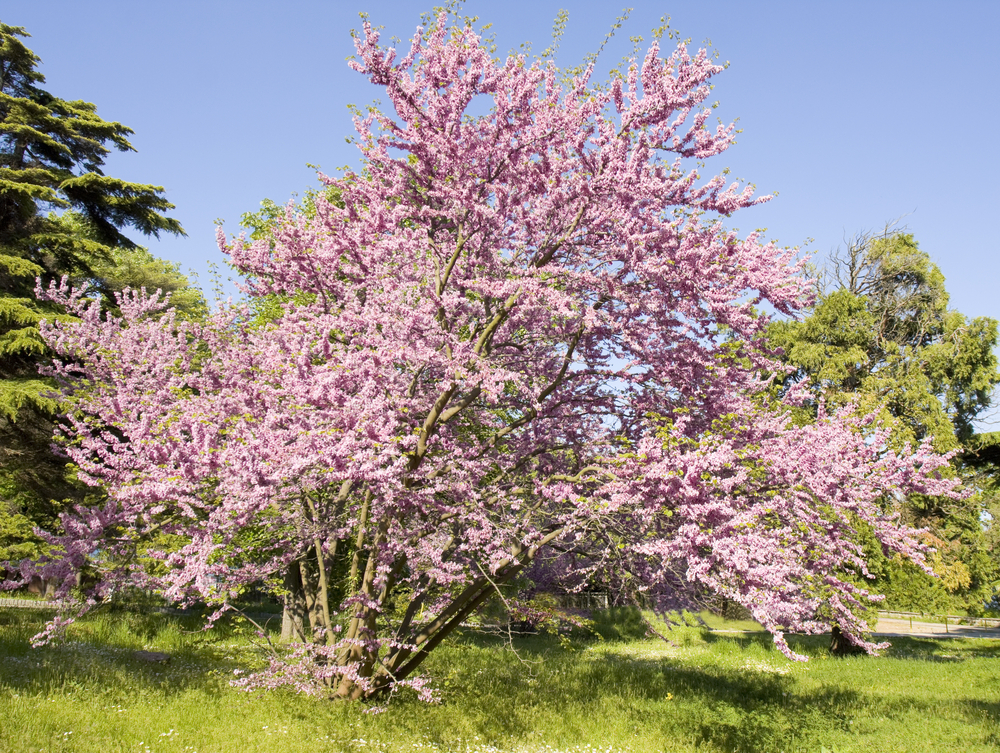
European Redbud (Cercis siliquastrum)
Also called Judas Tree or Mediterranean redbud, this tree is known for having some of the largest full blooms in the redbud genus.
Native Distribution
Eastern Mediterranean
Habitat
Woodlands
Characteristics
With multiple trunks and a rounded crown, this tree grows to be 15-25 feet tall and wide.
Leaves
Cordate leaves are notable for their multiple color changes. They emerge reddish-bronze in spring, then turn a rich green for the growing season before changing to yellow and chestnut in the fall.
Flowers
Pink-to-purple flowers bloom in early spring.
Care
- USDA Hardiness Zone: 6-9
- Light: Full Sun to Partial Shade
- Soil & Moisture: Tolerant of most soils, needs good drainage.
Redbud Cultivars & Varieties
With such impressive blooming habits, it’s no surprise that horticulturists have tried to breed redbuds to bring out favored characteristics. Nearly every species has accepted cultivars, with the most popular deriving from the eastern redbud. Here we’ve included what makes each cultivar stand out, along with some care tips so your redbud can truly thrive!
Ace of Hearts (Cercis canadensis ‘Ace of Hearts’)
This cultivar embodies everything you love about redbuds, but just on a smaller scale. Though petite, the dark branches are filled with gorgeous pink blooms in the spring and richly colored leaves in the summer and fall.
Characteristics
Popular because of its smaller stature, this dwarf variety of the redbud is an excellent choice if you don’t have much room. Grows up to 12 feet tall and 15 feet wide.
Leaves
Shiny, dark green leaves turn yellow in the fall.
Flowers
Pinkish maroon flowers adorn the branches of this sweet little tree.
Care
- USDA Hardiness Zone: 5-9
- Light: Full sun to part shade
- Soil & Moisture: Easy to grow in well-draining soils.
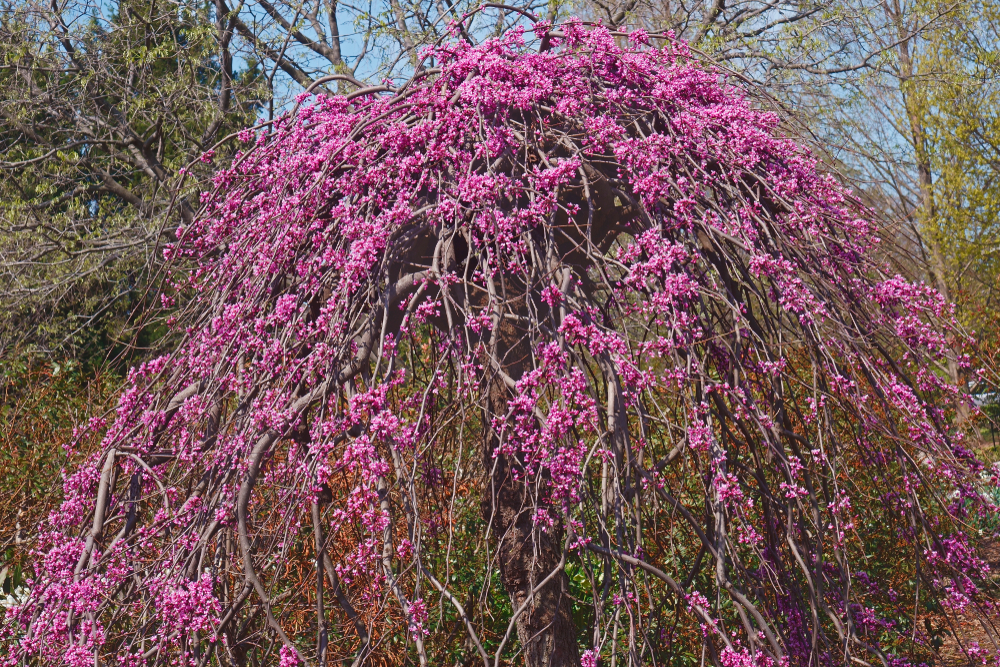
Lavender Twist Redbud (Cercis canadensis ‘Covey’)
One of the weeping varieties of redbud, this graceful shrub captivated year-round. Even in the winter, the twisted trunk and draping branches create a sculpture out of a tree.
Characteristics
A twisted trunk gives this cultivar its name, along with pink to purple flowers. Only growing to be 8-10 feet tall, this is another redbud for a small garden.
Leaves
Emerging a delightful burgundy in spring, the leaves transition to green before turning a light yellow in the fall.
Flowers
Pinkish purple flowers drape down with the weeping branches.
Care
- USDA Hardiness Zone: 5-9
- Light: Full sun to part shade
- Soil & Moisture: Easy to grow in well-draining soils.

Texas Redbud (Cercis canadensis var. texensis)
Unlike the cultivars on this list, the Texas redbud is a true variety of the Eastern redbud. This simply means that it can produce viable seeds. Consistent with the name, you can find the Texas redbud in Texas and the neighboring state of Oklahoma. There are additional cultivars specific to this variety including Oklahoma Redbud and the Texas White redbud that has (you guessed it) white flowers.
Characteristics
This small tree bears most of the same characteristics as the eastern redbud. However, a couple of differences in its ability to withstand drier conditions distinguish it as a unique variety.
Leaves
Similar to eastern redbud, but with a waxy cuticle that preserves water.
Flowers
Showy pink flowers bloom in early spring.
Care
- USDA Hardiness Zone: 6-9
- Light: Full sun to part shade
- Soil & Moisture: Easy to grow in well-draining soils, drought tolerant.
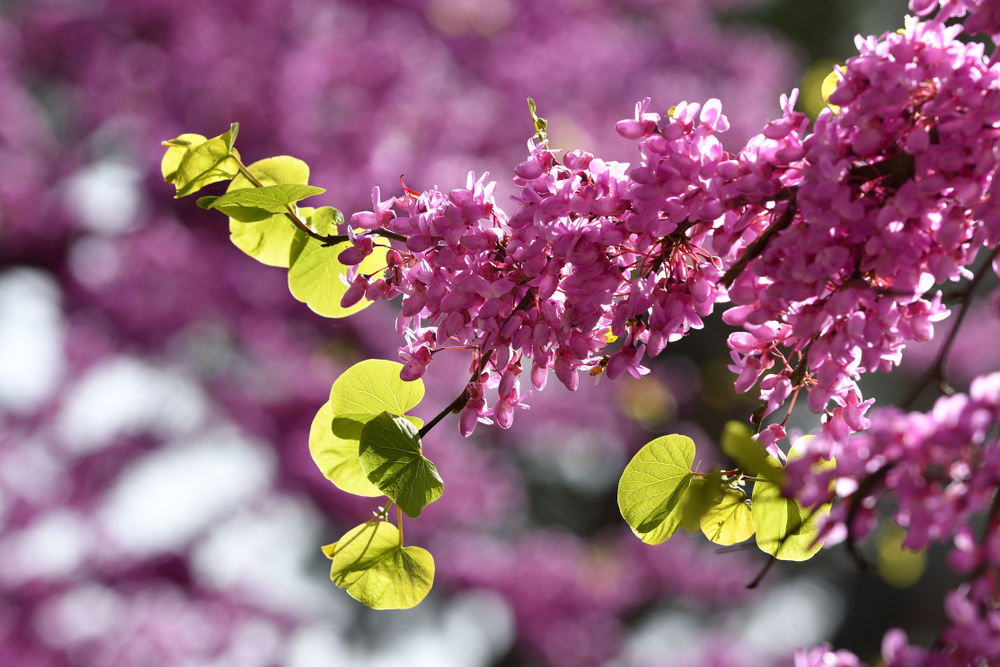
Mexican Redbud (Cercis canadensis var. mexicana)
Another variety of the eastern redbud, there has been quite a bit of debate as to whether there is a distinction between the Texas redbud and the Mexican redbud. Along with a different geographic range, there also seems to be a consistent difference in the shape of the leaf blade.
Characteristics
Nearly identical to the Texas redbud, apart from the difference in range and leaf margin.
Leaves
Richly green leaves distinguish themselves from the Texas redbud with a slightly undulating margin.
Flowers
Profuse, pink flowers bloom.
Care
- USDA Hardiness Zone: 6-9
- Light: Full sun to part shade
- Soil & Moisture: Tolerated most soil types, needs well-draining soils.
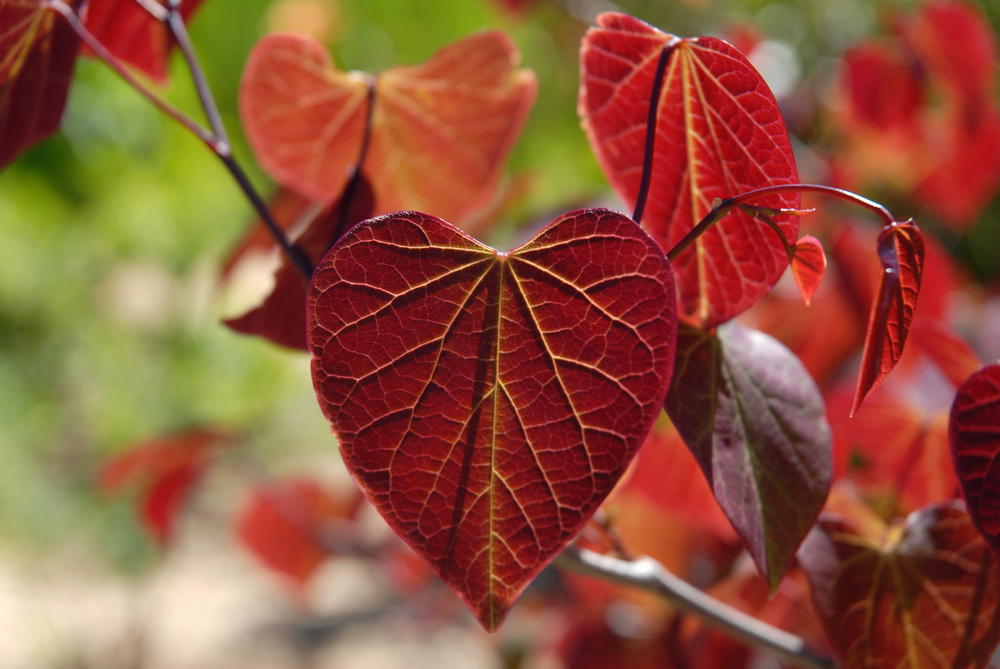
Forest Pansy Redbud (Cercis canadensis ‘Forest Pansy’)
The incredibly popular ‘Forest Pansy’ cultivar stands out with its deep purple foliage and rosy pink flowers. In cooler climates, the foliage stays burgundy throughout the summer but lightens to green if the temperatures get warm enough.
Characteristics
Often multi-trunked, this showy tree commonly decorates understories of arboretums and flower vases on tabletops. The leaf color is the most notable aspect of this cultivar.
Leaves
Emerging and (depending on the climate) remaining dark purple throughout the growing season. The leaves turn red and orange in the fall.
Flowers
The blooms can be pink, purple, or lavender-pink.
Care
- USDA Hardiness Zone: 5-9
- Light: Full sun to part shade
- Soil & Moisture: Easy to grow in well-draining soils and most soil types.
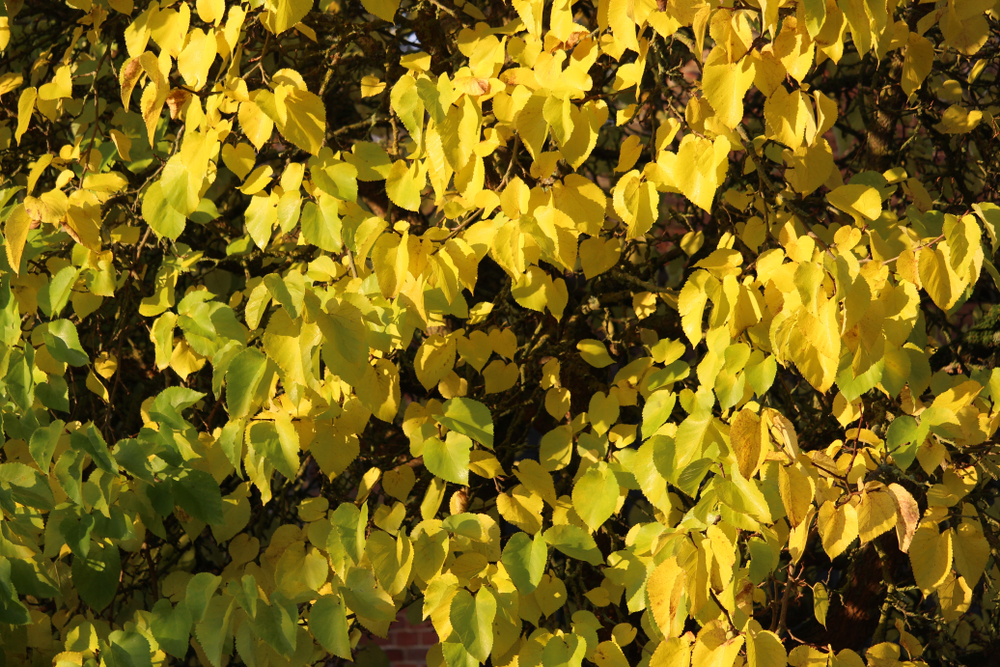
Hearts of Gold Redbud (Cercis canadensis ‘Hearts of Gold’)
With the cordate leaves fading through shades of yellow, a name like ‘Hearts of Gold’ comes pretty naturally. Small in stature and producing flowers in the first year, this cultivar makes a great candidate when you need a shrub border.
Characteristics
This shrub only grows to be about 10 feet tall with a domed canopy.
Leaves
The cordate leaves emerge orange, mature to bright gold, and fade to yellow-green, almost chartreuse, as the summer progresses.
Flowers
The flowers are light pink to lavender.
Care
- USDA Hardiness Zone: 5-9
- Light: Full sun to part shade
- Soil & Moisture: Easy to grow in well-draining soils.
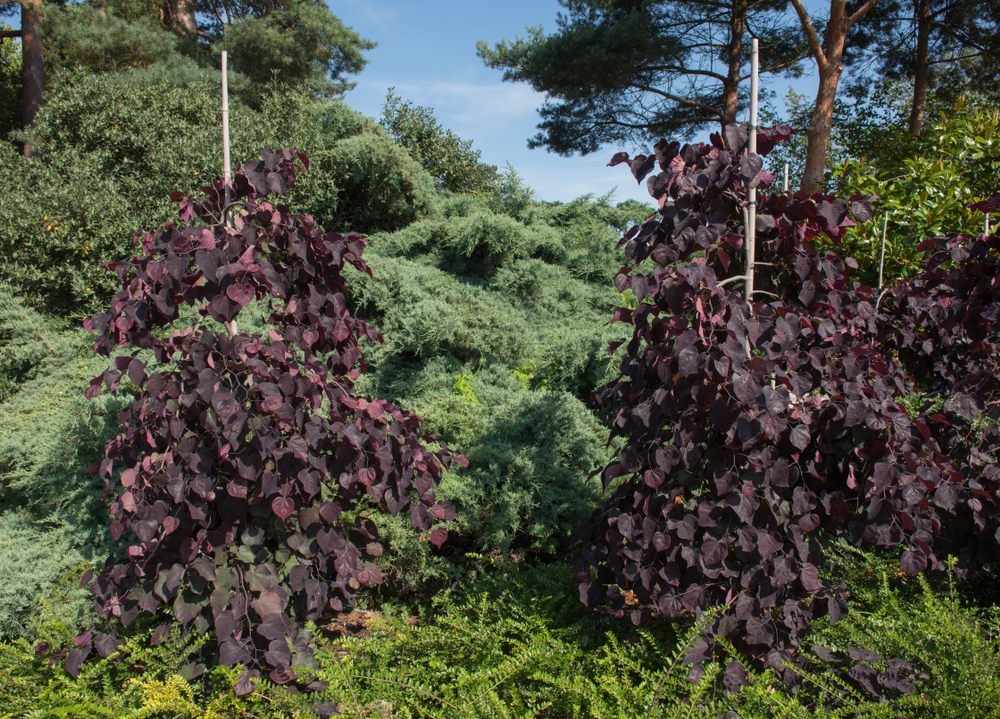
Ruby Falls Redbud (Cercis canadensis ‘Ruby Falls’)
Another redbud that takes a weeping form, the ruby falls is a small, compact tree. Flowing branches and small form truly resemble a cascade of flowers or leaves, depending on the season. But no matter the time of year, this tree is sure to bring elegance to any garden.
Characteristics
One of the smallest of the redbuds, the ruby falls variety rarely tops 6 feet. But what it lacks in size, it makes up for in graceful branching, richly colored leaves, and profusely blooming flowers.
Leaves
Cordate leaves are dark green tinged with maroon.
Flowers
Pink flowers bloom from dark red stems.
Care
- USDA Hardiness Zone: 5-9
- Light: Full sun to part shade
- Soil & Moisture: Tolerates most soil types, needs well-draining soil.
Merlot Redbud (Cercis canadensis ‘Merlot’)
The Merlot redbud is a hybrid of the Forest Pansy cultivar and the Texas variant. As a result, it both bears gorgeous dark purple foliage and tolerates heat and drought.
Characteristics
Named for its wine-colored leaves that fade from purple to burgundy in the springtime, the Merlot redbud makes an incredible accent tree. Often growing wider than its 12-foot height, its short domed shape looks beautiful in an understory or as a centerpiece.
Leaves
Heart-shaped leaves fade from purples to burgundy to dark, wine-stained green.
Flowers
Blooms are pink to lavender.
Care
- USDA Hardiness Zone: 5-9
- Light: Full sun to part shade
- Soil & Moisture: Easy to grow in well-draining soils.
The Rising Sun Redbud (Cercis canadensis ‘Rising Sun’)
Another redbud to add color to your garden, the Rising Sun redbud offers spectacular color each year.
Characteristics
A smaller tree or shrub, the Rising Sun redbud only grows to be about 8-10 feet tall.
Leaves
New growth leaves emerge a pale apricot, transitioning to brilliant gold, and settle out as to bright green.
Flowers
Most have fuchsia flowers, but some pink or white forms exist.
Care
- USDA Hardiness Zone: 5-9
- Light: Full sun
- Soil & Moisture: Easy to grow in well-draining soils.
‘Alba’ Judas Tree (Cercis siliquastrum ‘Alba’)
A cultivar of the European redbud, the Alba Judas tree is a white-flowered variety, with light green foliage.
Characteristics
A spreading tree, this redbud has a wide, rounded shape and can grow about 25 feet tall and wide.
Leaves
Green foliage turns a rich yellow in the fall.
Flowers
Pure white flowers grow in clusters along the branches.
Care
- USDA Hardiness Zone: 6-9
- Light: Partial shade
- Soil & Moisture: Well-draining soils.
Life with Redbuds
Most redbud trees live for 25-40 years, so you can enjoy their beauty for a long time. As they age, however, redbuds become more susceptible to fungal disease. But with proper pruning and smart fungicide use, most issues are easy to prevent.
Redbud species and their cultivars provide beauty around the world. Understanding more about the different types of these gorgeous trees can help us feel more connected to the colorful plant life that surrounds us every day!

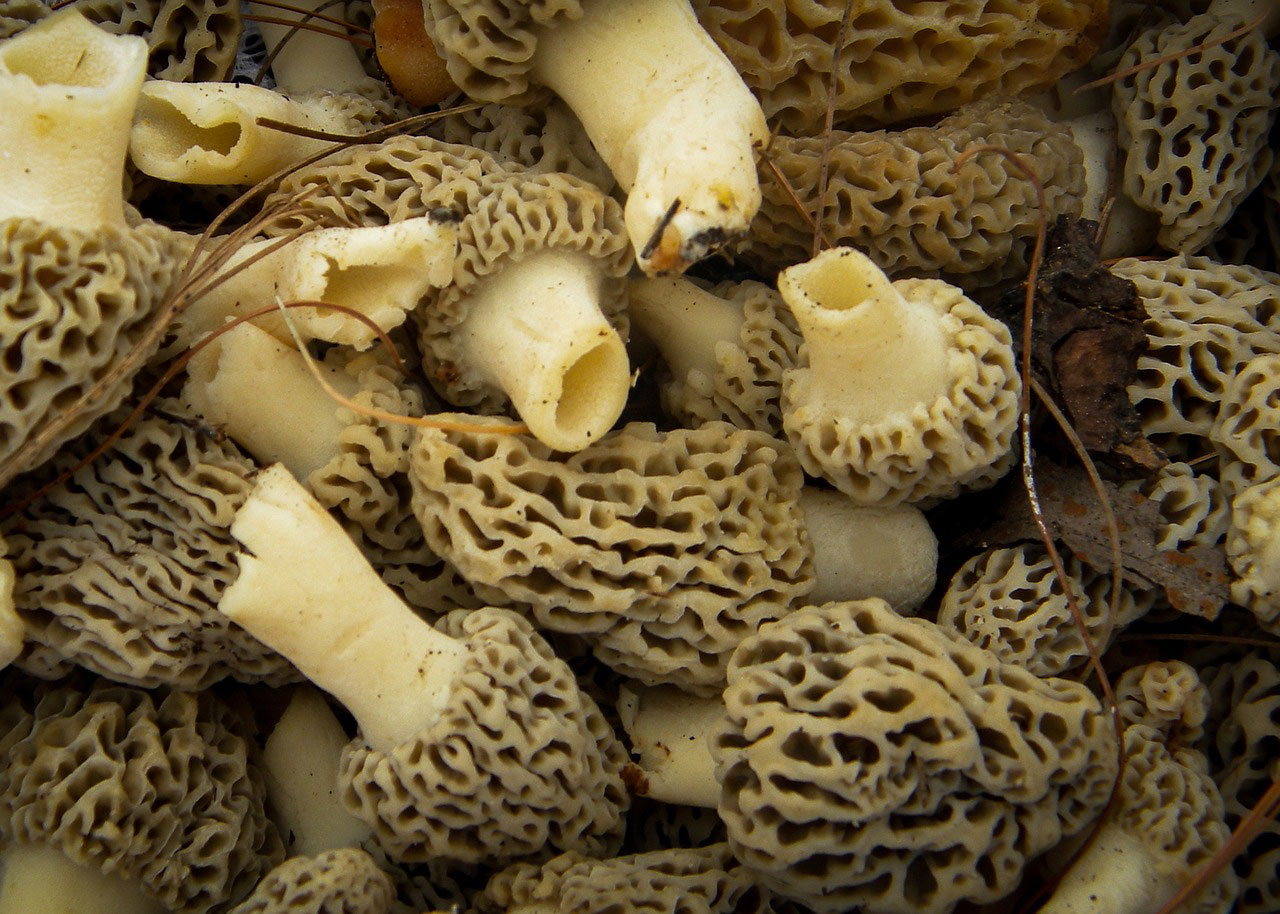
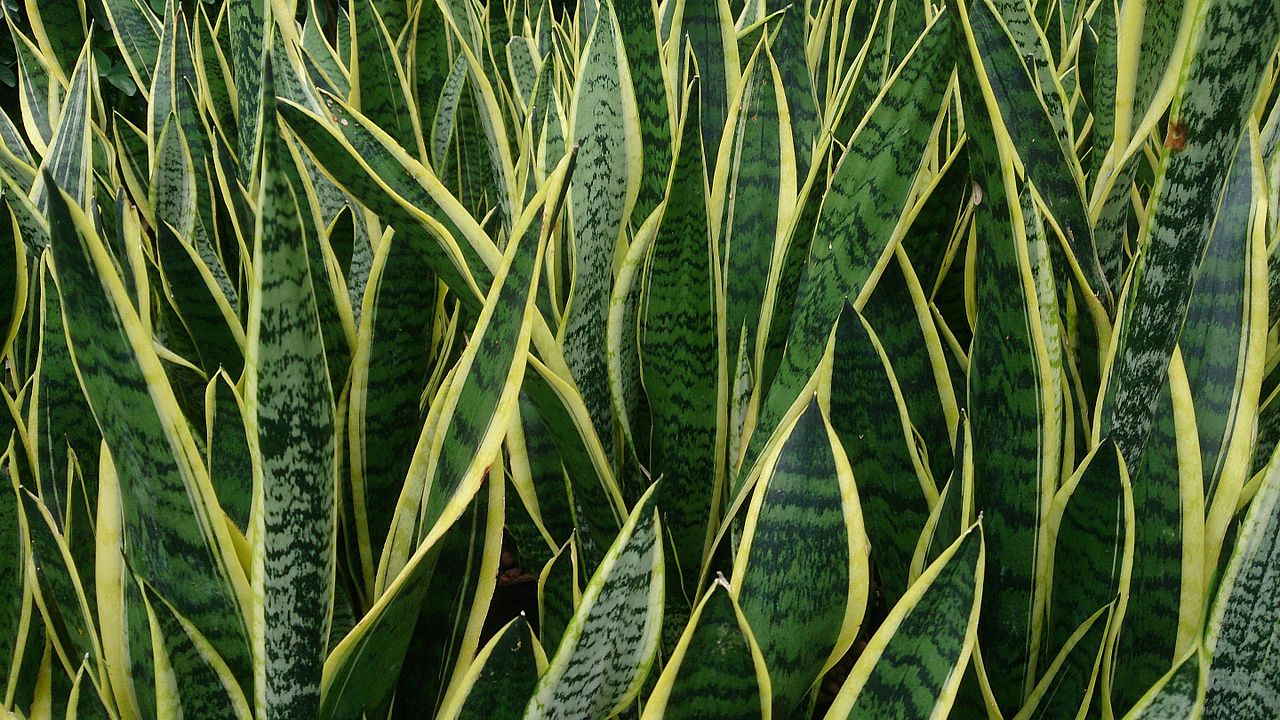
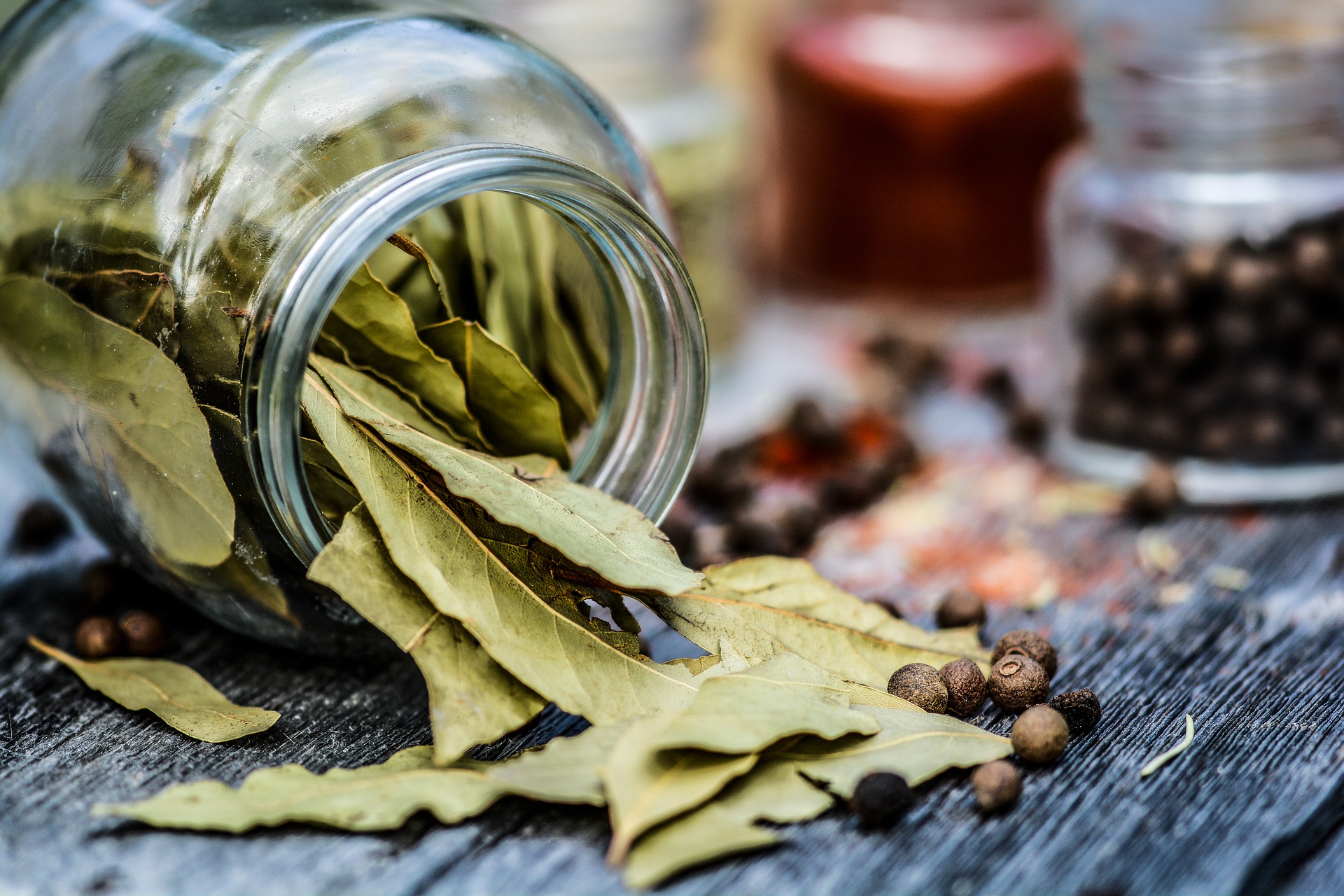
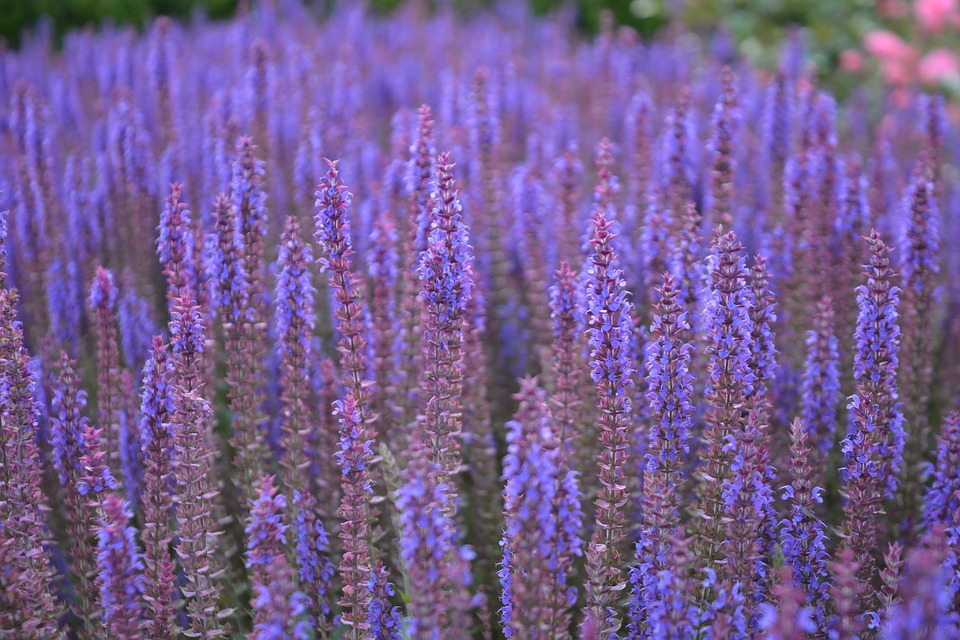
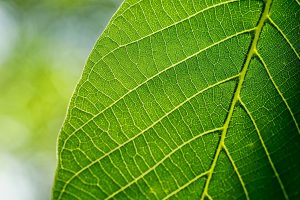
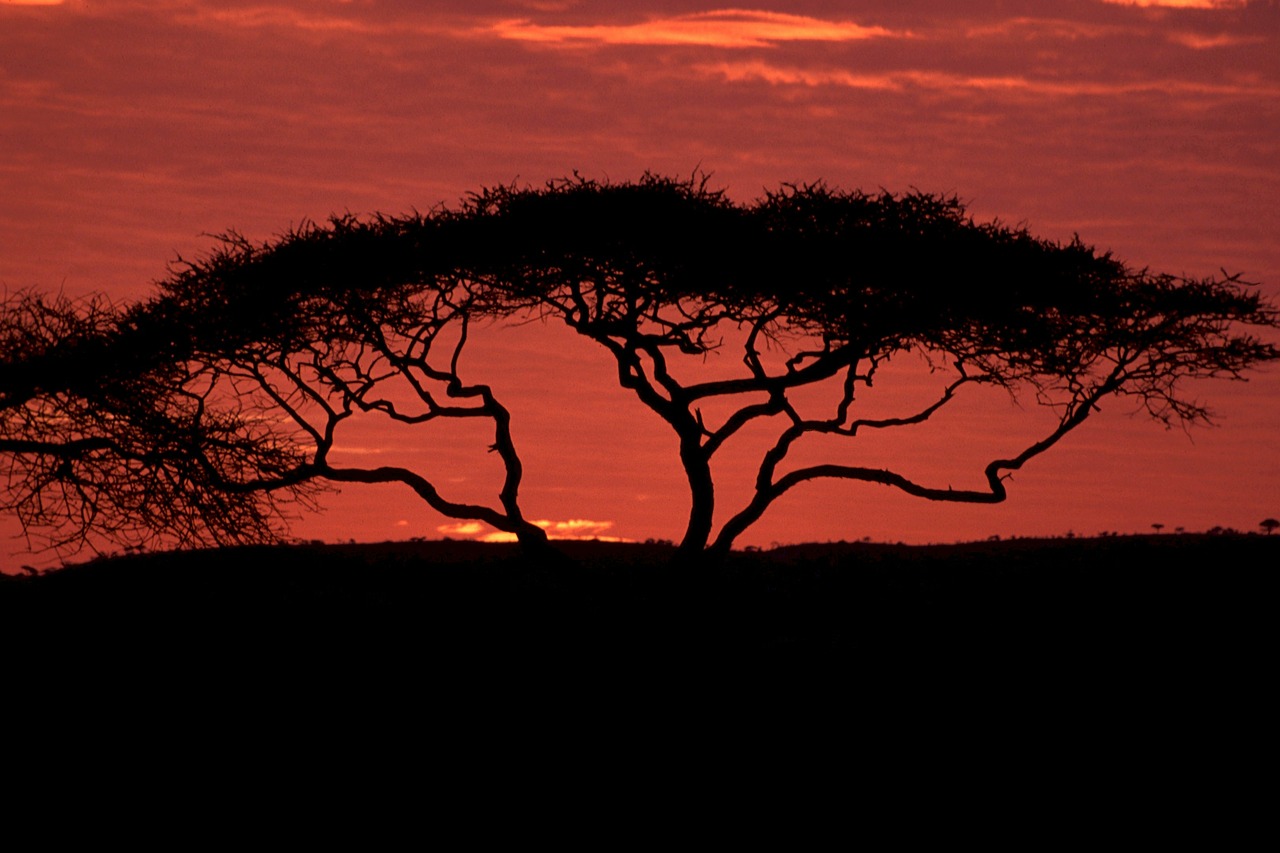
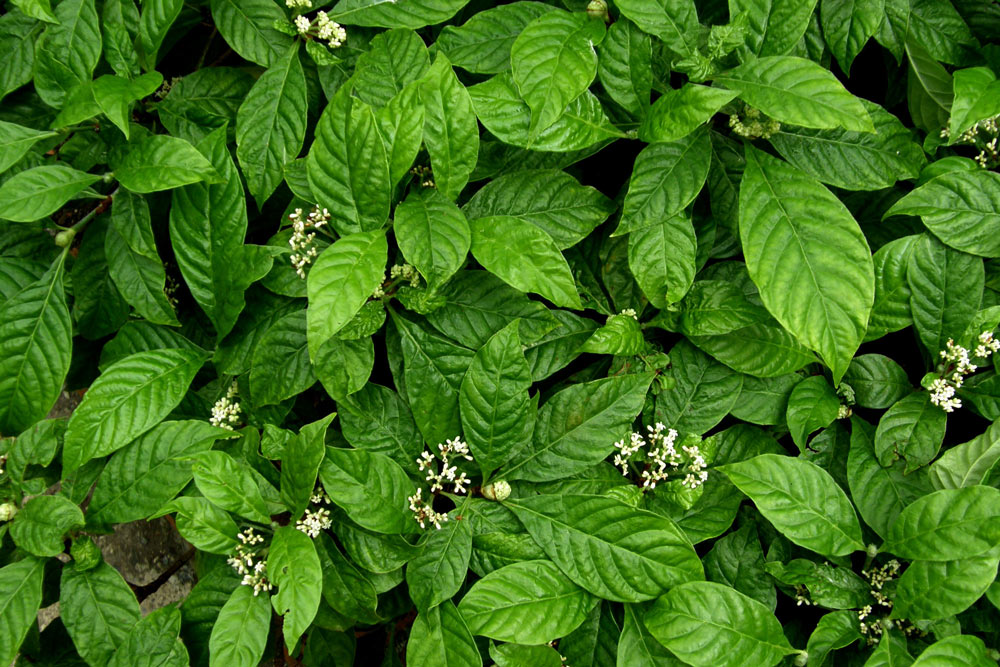
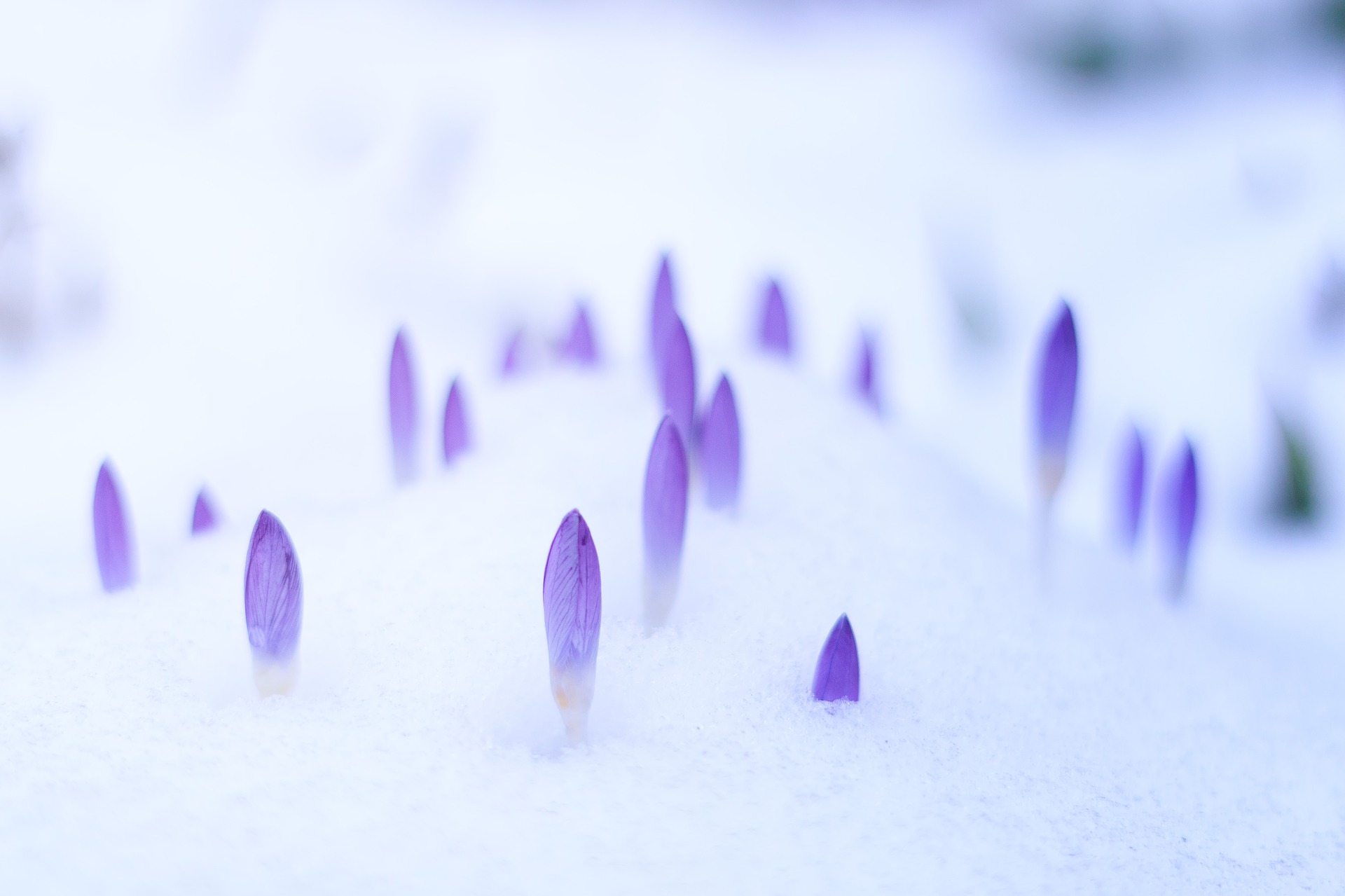
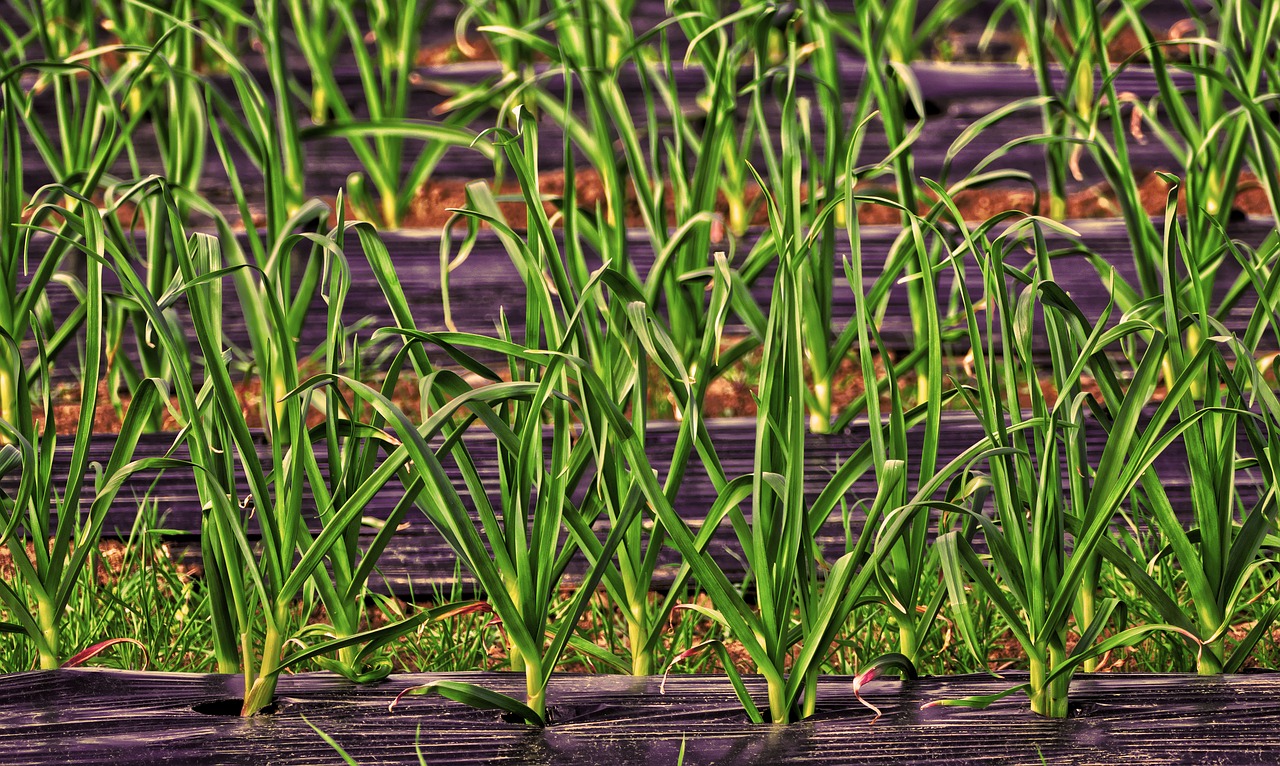
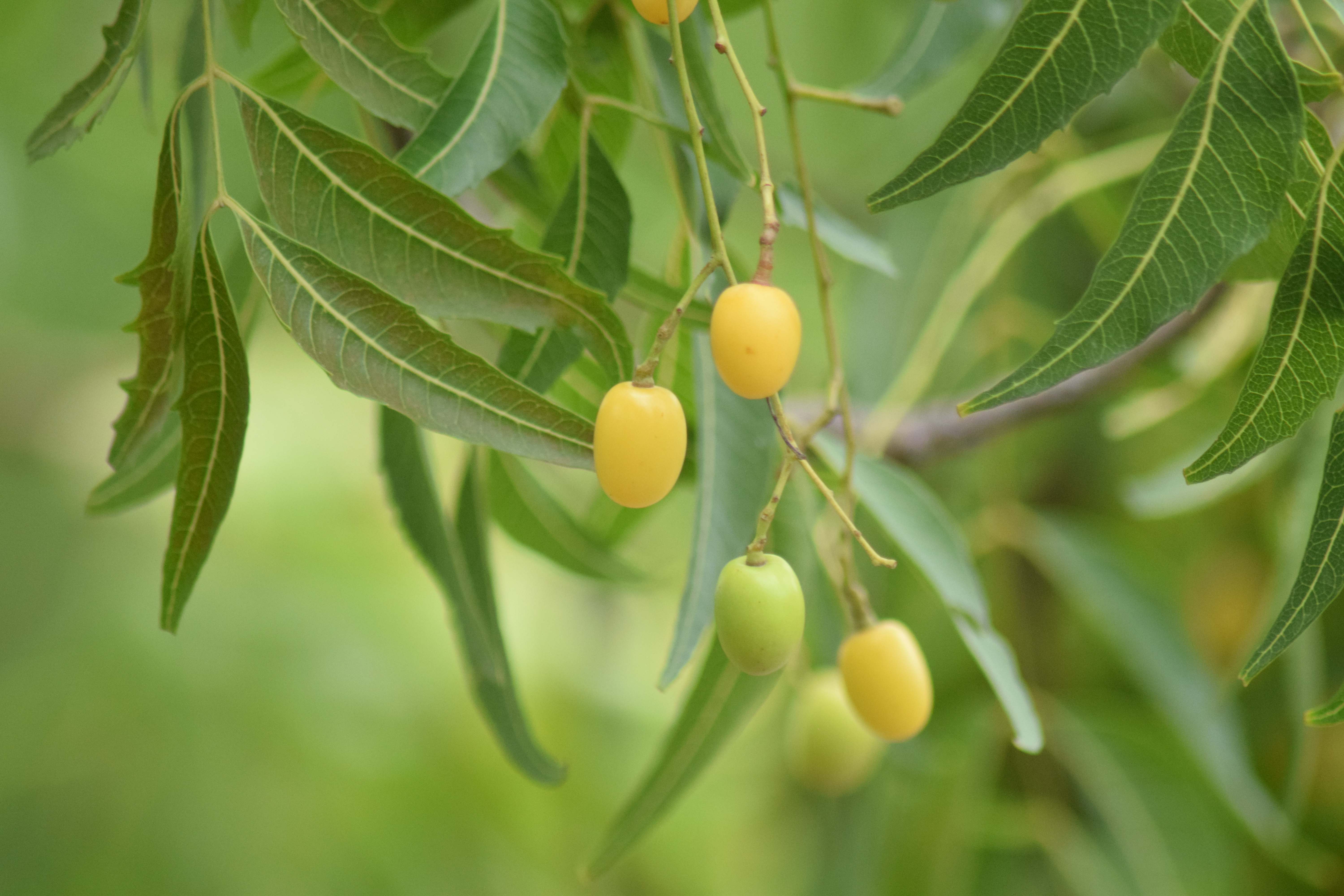
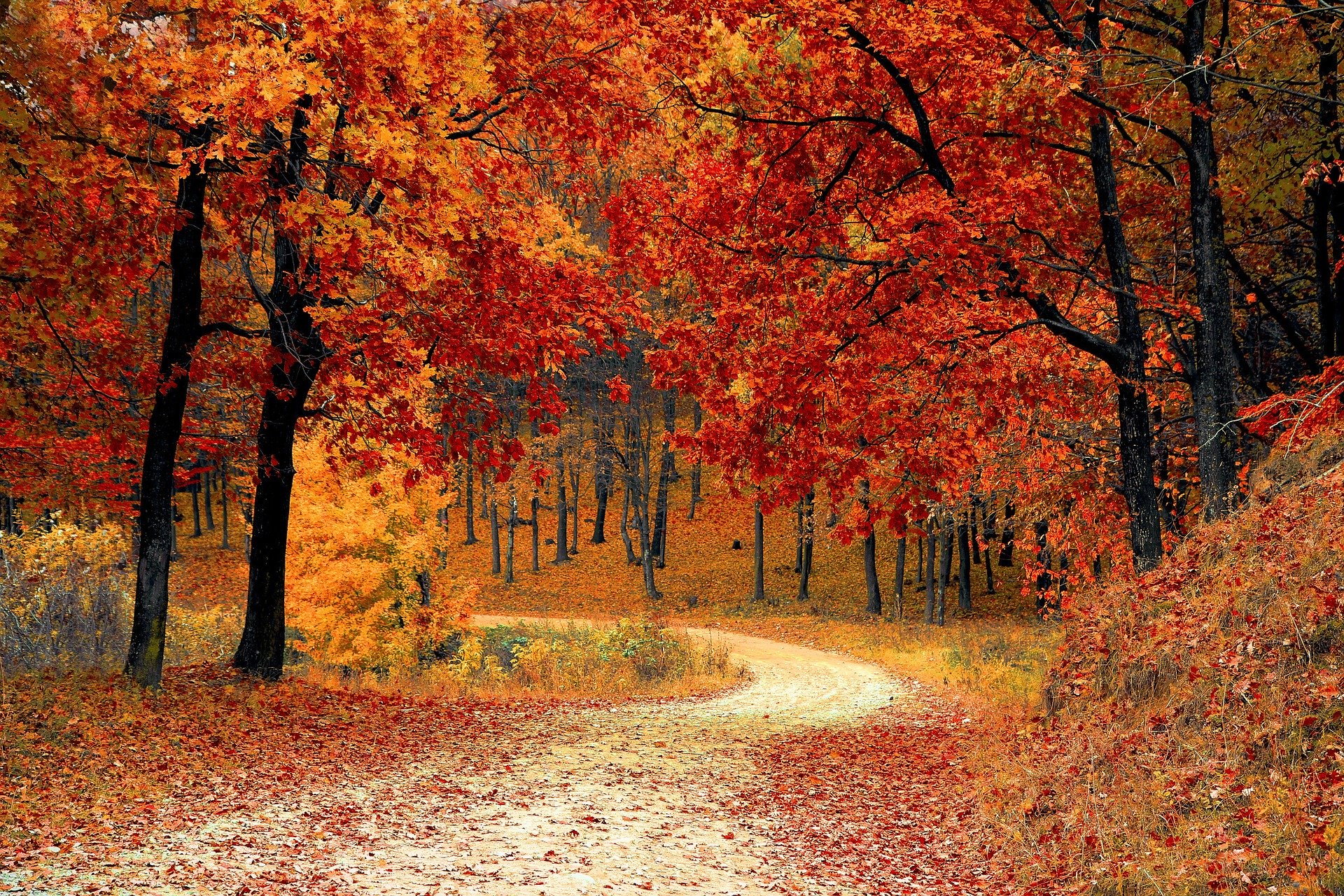
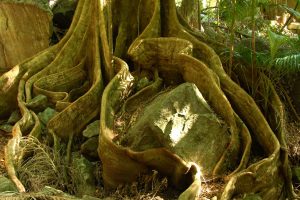

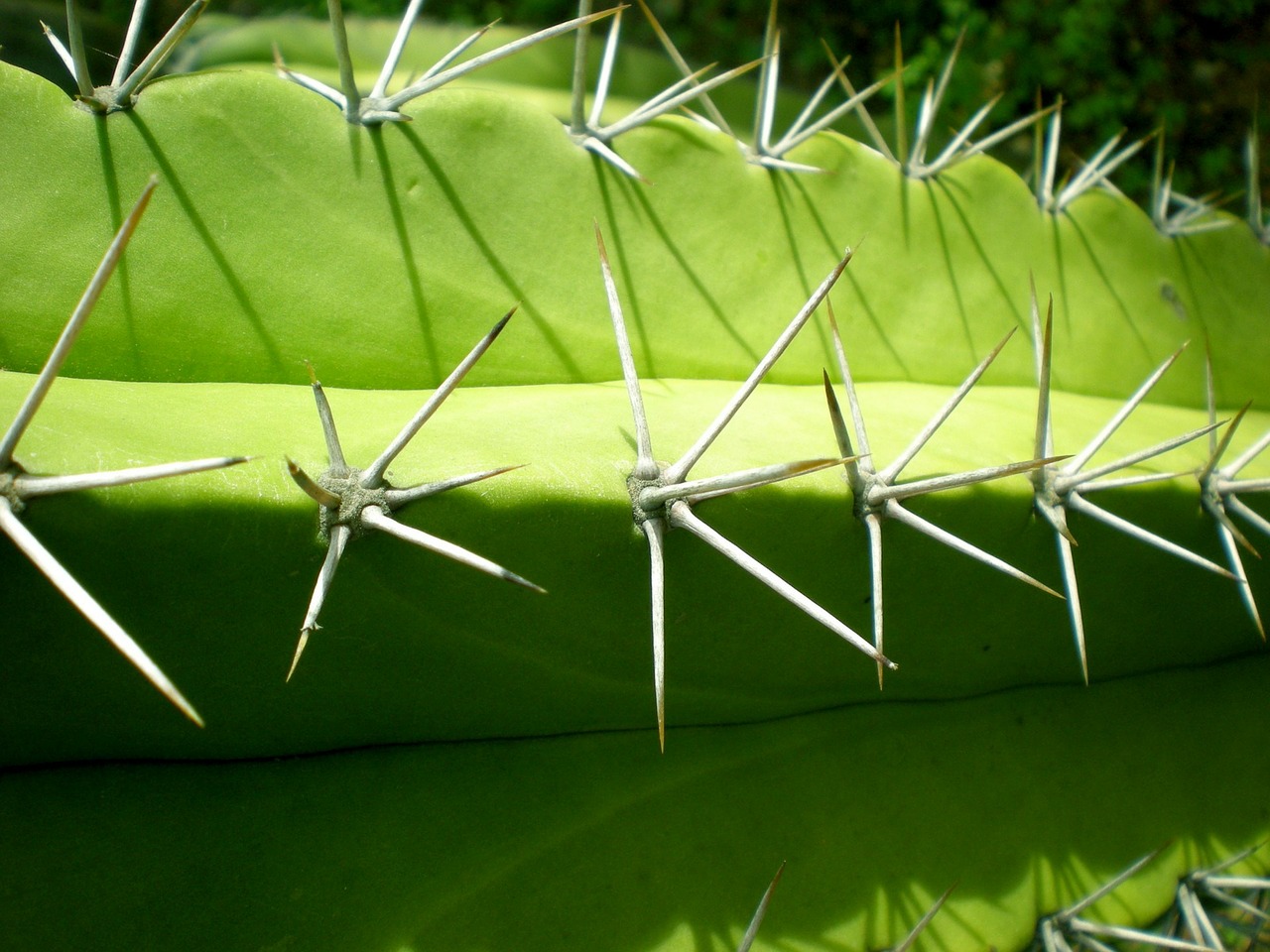
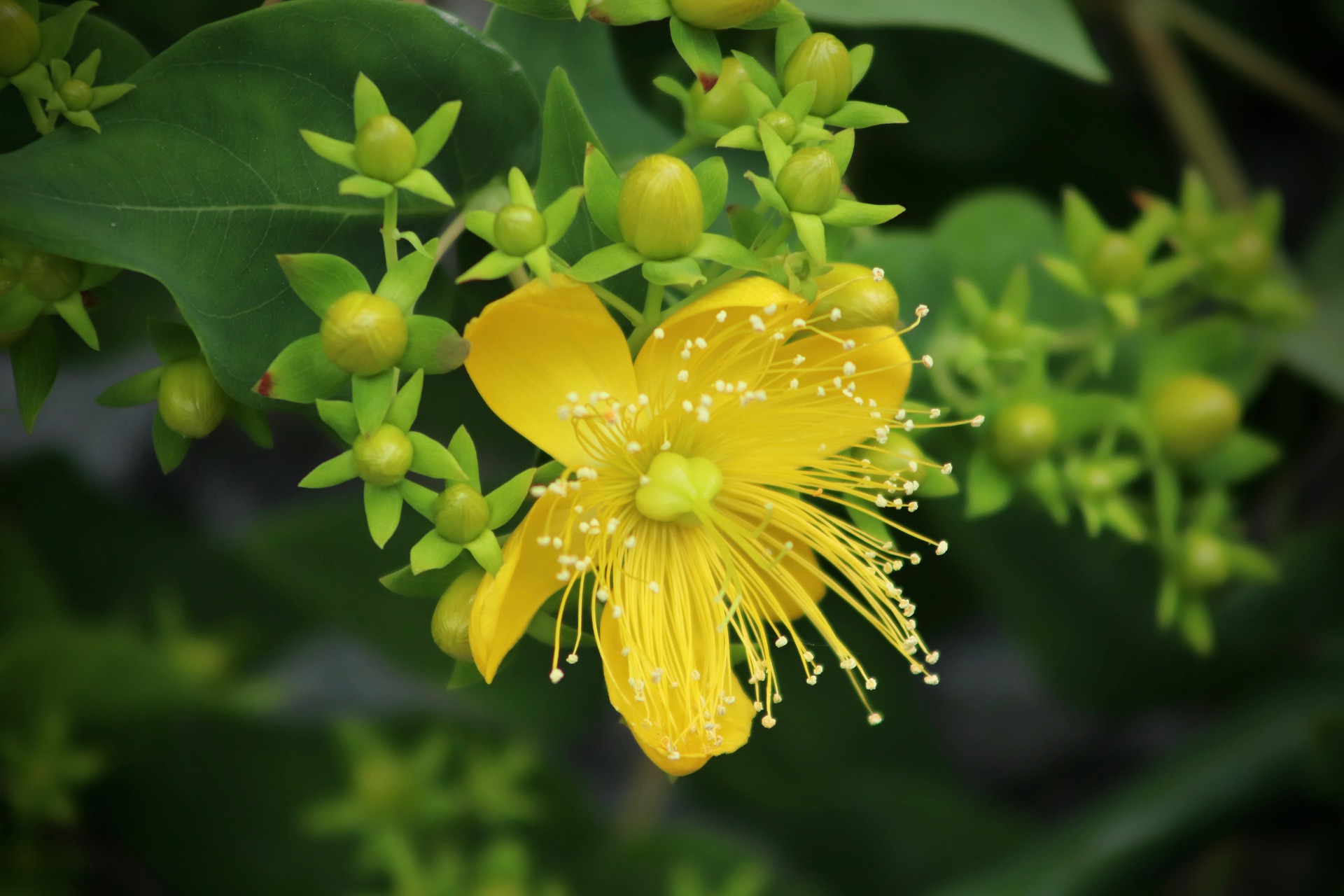
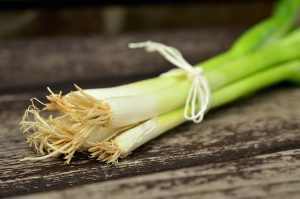
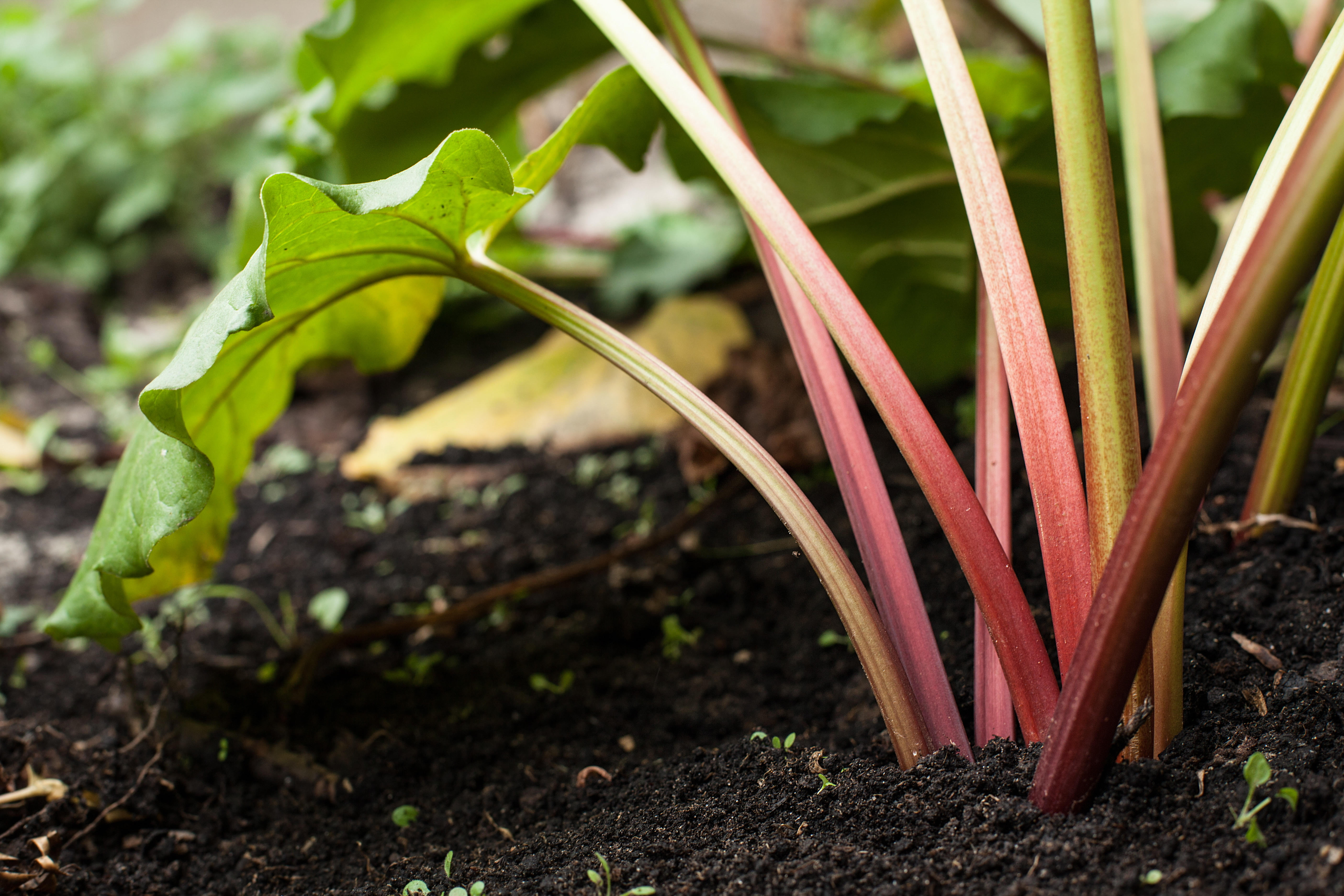
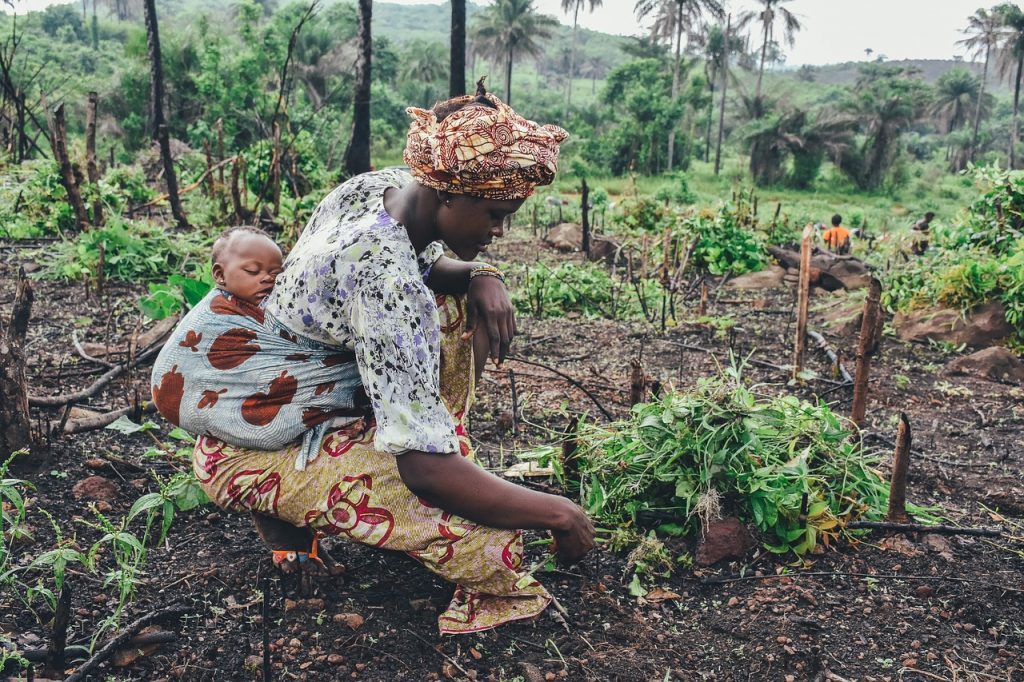
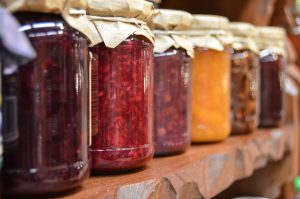
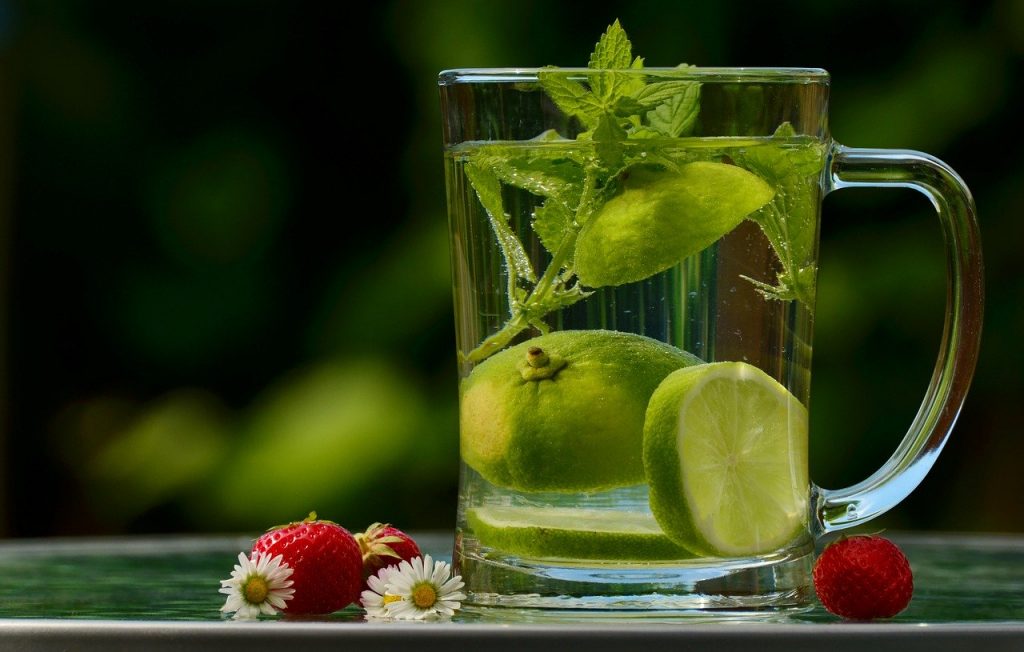
0 Comments